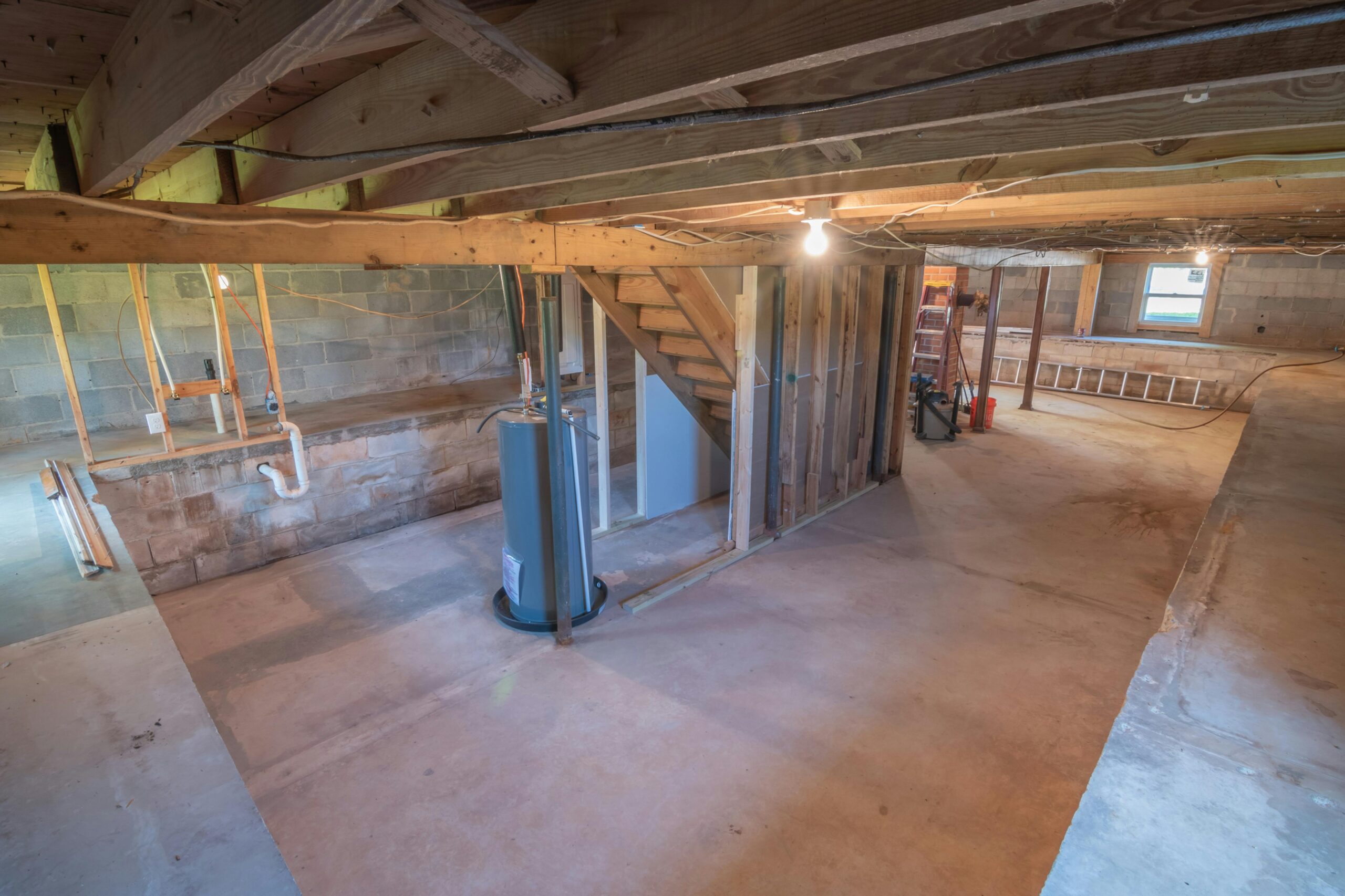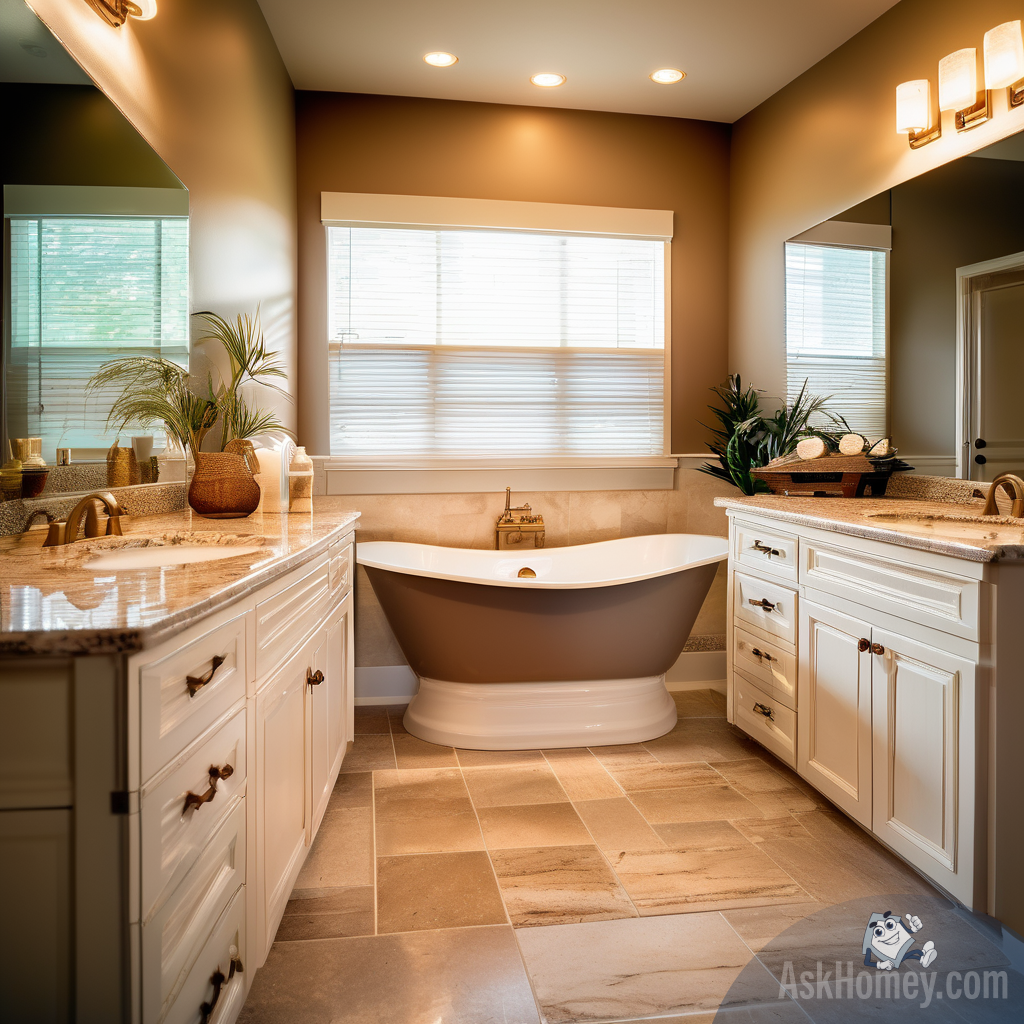Choosing the right water heater for your home is a significant decision that impacts both your daily comfort and long-term expenses. The debate between tankless vs tank water heater systems has grown increasingly relevant as homeowners seek more energy efficient water heating solutions. This comprehensive comparison examines how on-demand systems stack up against conventional storage models across several key factors, including initial investment, operating costs, performance, and space requirements, helping you determine which option aligns best with your household needs.
Understanding How Each System Works
Traditional tank water heaters operate by storing and continuously heating a large volume of water (typically 40-80 gallons) in a reservoir, keeping it ready for use at any time. These systems run periodically throughout the day to maintain the desired water temperature, regardless of whether hot water is being used. In contrast, tankless water heaters, also known as hot water on demand systems, heat water only when needed by passing cold water through heating elements or gas burners when a hot water tap is opened. This fundamental difference in operation creates distinct advantages and limitations for each system.
Energy Efficiency Comparison
One of the primary benefits of tankless water heater technology is superior energy efficiency. Traditional tank models experience standby heat loss as the stored hot water gradually cools and requires reheating, even during periods of non-use. According to the Department of Energy, tankless systems can be 24-34% more energy efficient than conventional models for households that use less than 41 gallons of hot water daily. For homes with higher hot water demands (around 86 gallons per day), tankless units still maintain a 8-14% efficiency advantage. This improved efficiency translates directly into lower utility bills, making tankless heaters an attractive option for environmentally conscious and cost-aware homeowners.
Initial Investment and Long-Term Value
The cost of tankless water heater installation represents one of its most significant drawbacks. Tankless units typically cost $1,000 to $3,000 before installation, compared to $300-$900 for conventional tank models. Installation costs for tankless systems are also substantially higher, often requiring electrical upgrades, new gas lines, or venting modifications. Professional installation is essential and best arranged through qualified plumbers who understand these specialized systems. You can find experienced professionals for this job through AskHomey, where verified local contractors provide quotes based on your specific requirements.
Lifespan and Maintenance Requirements
The longevity difference between these systems significantly impacts their lifetime value proposition. Traditional tank water heaters typically last 10-15 years before requiring replacement. In contrast, tankless models often operate effectively for 20+ years, potentially doubling the service life. However, tankless systems do require more diligent maintenance, particularly in areas with hard water. Annual descaling is recommended to prevent mineral buildup that can reduce efficiency and damage internal components. While this maintenance adds some operational cost, the extended lifespan generally provides better long-term value despite the higher upfront cost of tankless water heater systems.
Hot Water Supply and Performance
The hot water delivery capability differs substantially between these technologies. Traditional tanks provide a finite supply of hot water—once depleted, users must wait for the tank to reheat a fresh batch, which can take 30-60 minutes. This limitation can create challenges during peak usage times when multiple showers, appliances, or fixtures require hot water simultaneously. Tankless water heaters eliminate this constraint by heating water instantaneously as it flows through the unit. This means that hot water on demand systems can theoretically provide unlimited hot water, though their output is constrained by flow rate limitations (typically 2-5 gallons per minute). For large households with simultaneous hot water needs, multiple tankless units or a hybrid system might be necessary.
Space Requirements and Installation Considerations
Traditional tank heaters occupy significant floor space—typically a 24-inch diameter cylinder standing 4-6 feet tall. These substantial dimensions can restrict placement options, especially in smaller homes or apartments. Tankless units offer a dramatic space advantage, typically mounting on walls and measuring roughly the size of a small suitcase (about 28 x 20 x 10 inches). This compact profile allows installation in closets, utility rooms, or even outdoors in suitable climates, freeing up valuable floor space and offering greater flexibility in home design and renovation projects.
Environmental Impact and Modern Living
Beyond personal benefits, tankless systems align with contemporary environmental values through reduced energy consumption and longer service lives, meaning fewer units manufactured and disposed of over time. Additionally, their ability to provide hot water on demand matches modern lifestyles where convenience and efficiency are increasingly prioritized. For homeowners planning long-term residence in their current property, these factors often tip the scales toward tankless technology despite the higher initial investment.
For more tips and to connect with reliable home service professionals, follow AskHomey on Facebook and Instagram.



